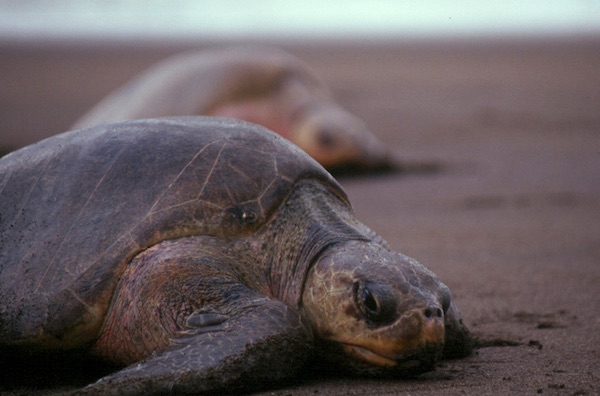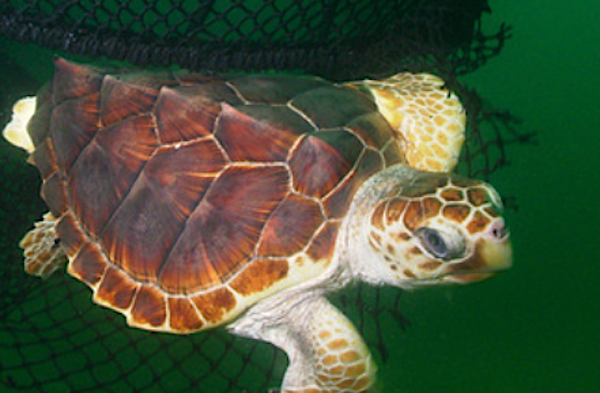
Leatherback Turtle (Dermochelys coriacea)
The Sanctuary is considered critical habitat for endangered leatherback turtles. Leatherbacks are threatened globally by egg harvesting, intentional fishing, bycatch, vessel strikes, and habitat loss.
Habitat: Open ocean
Range: Tropic and temperate waters of Pacific, Atlantic, Indian Oceans and Mediterranean Sea
Avg. Size: ~4.5-7 ft; 600-2,000 lbs
Diet: Jellyfish, salps, other soft-bodied invertebrates
Fun Fact: Leatherbacks are the largest turtles on earth and can dive to 4,200 ft, deeper than any other sea turtle.
Photo: Mark Cotter




